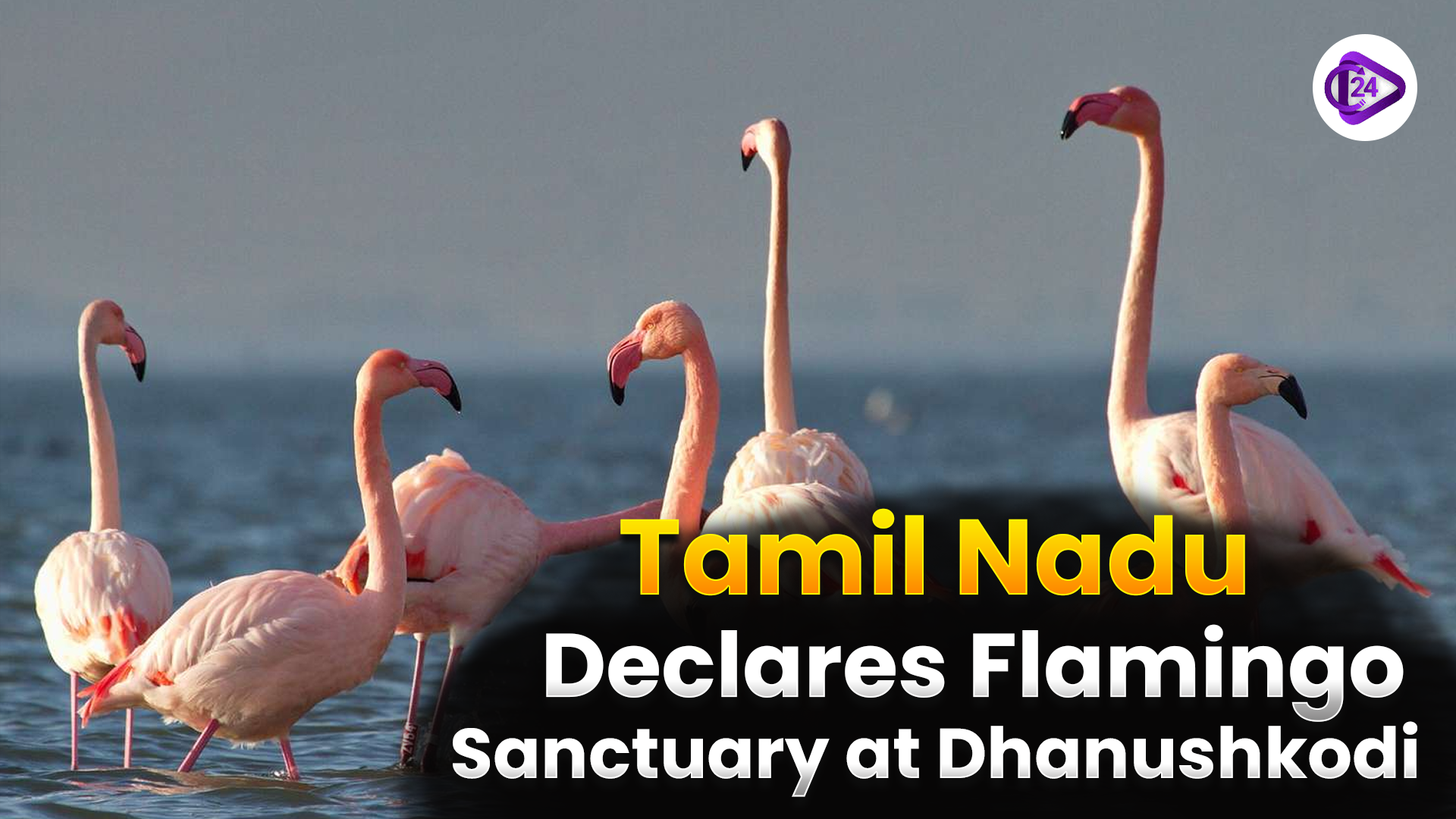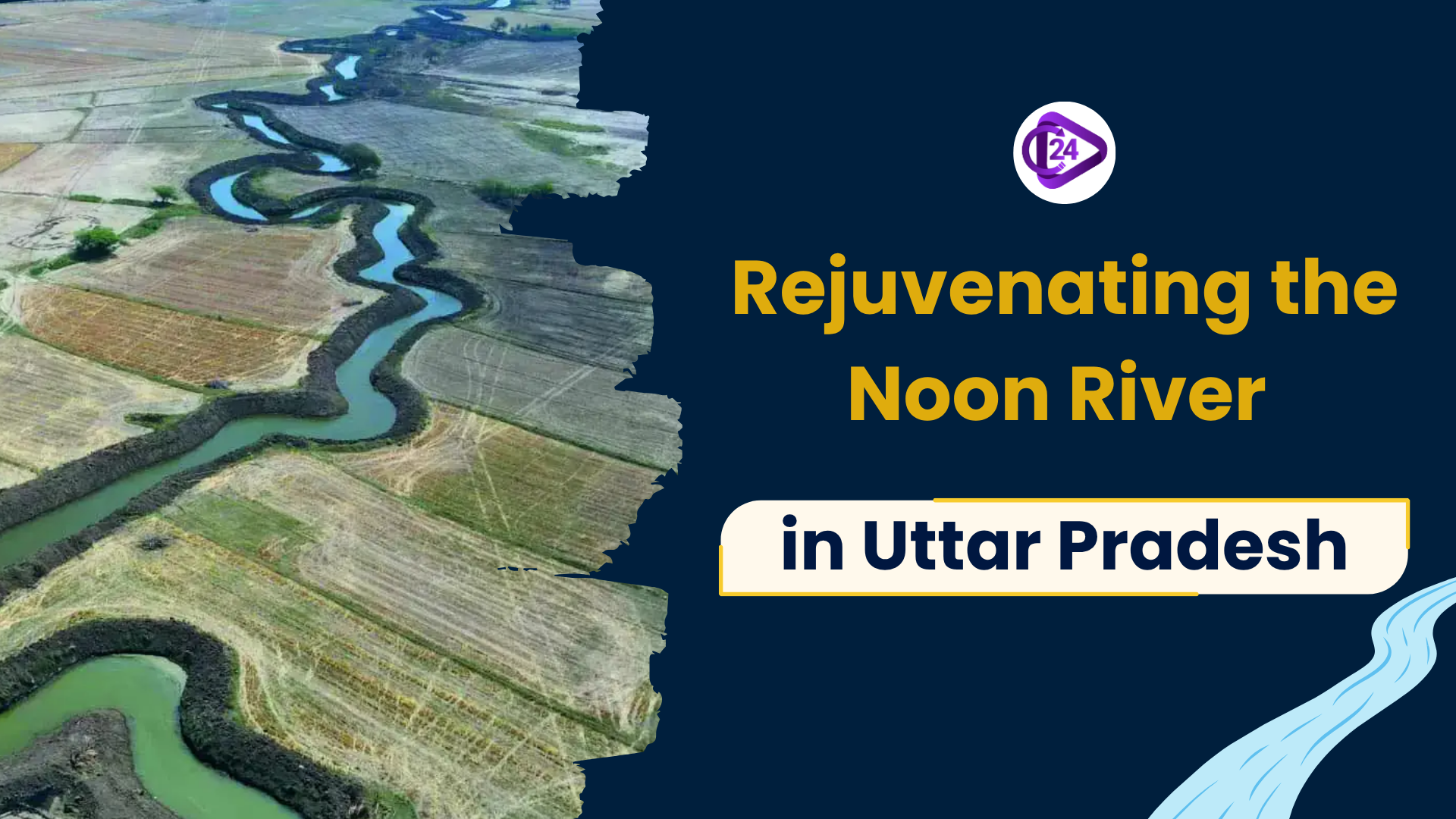
The Tamil Nadu government has created a sanctuary for greater flamingos at Dhanushkodi in Ramanathapuram to look after the rich wildlife and migratory birds in the area. World Environment Day saw Chief Minister M.K. Stalin inaugurated the sanctuary through a video call. The area includes 524.7 hectares and is found within the Gulf of Mannar Biosphere Reserve. One goal of the initiative is to save important wetland areas and encourage more ecotourism, jobs and conservation education.
Context
-
In Dhanushkodi, Tamil Nadu has created a sanctuary for greater flamingos to help both the local diversity and migratory birds.
-
The sanctuary is located across 524.7 hectares along the sensitive Gulf of Mannar.
Key Points
Location
-
The shrine is situated in Dhanushkodi, the Ramanathapuram district in Tamil Nadu
-
The land includes both forested areas and areas dedicated to income.
Biodiversity
-
Home to over 10,700 wetland birds
-
There are 128 bird species living in the area, for example flamingos, herons, egrets and sandpipers
Ecological Importance
-
This area falls inside the Gulf of Mannar Biosphere Reserve.
-
Contains areas such as mangroves, mudflats and sand dunes.
-
Supports animals in the sea, migrating birds and nesting sea turtles
Conservation Goal
-
Shelters an important place along the Central Asian Flyway.
-
Inspires people to care for the environment and wetlands.
Mangrove Species
-
Avicennia and Rhizophora are the main species that make up mangrove forests.
-
Provide areas for breeding and at the same time prevent erosion along the coast.
About bird sanctuary and Dhanushkodi
What does a Bird Sanctuary mean?
-
All bird sanctuaries in India are recognized under the Wildlife (Protection) Act), 1972 (WLPA).
-
Generally, the WLPA enables State Governments to establish sanctuaries because of their significance to ecology or zoology.
-
You are not allowed to hunt protected birds and the penalties can be fines and prison time.
About Greater Flamingo (Phoenicopterus roseus)
-
Flamingo species that have the greatest numbers and distribution, found in Africa, some parts of Europe and Asia (including India and Pakistan).
-
Presence in India: Both Greater and Lesser Flamingos are found; Greater Flamingo is the state bird of Gujarat.
Behaviour and Diet
-
Pairs with only one another at a time.
-
A fish’s pink color is due to eating plenty of brine shrimp and algae.
-
A diet for omnivorous fish includes invertebrates, algae, decaying plants and small fishes.
-
This bird lives near saltwater lagoons, mudflats and saline lakes. A sign that shows the current health of a wetland.
Migration Pattern:
-
About 100,000–150,000 flamingos migrate from Gujarat to the Thane Creek Flamingo Sanctuary in Mumbai yearly.
-
Typically arrival is in the month of November.
Migration Triggers
-
Based on food availability, water levels, and colony crowding.
Conservation status of Greater Flamingo
-
According to the IUCN Red List: Least Concern
-
The Wildlife Protection Act, 1972: Animals from this Schedule II do not have the same severe penalties as those from Schedule I.
-
Under CITES (Convention on International Trade in Endangered Species) Appendix II, trades must be controlled to avoid overusing these living creatures.
Conclusion
The establishment of the greater flamingo sanctuary at Dhanushkodi proves that Tamil Nadu cares about biodiversity. It helps secure the habitats of migratory birds, increases ecotourism in the area and encourages people to pay attention to environmental conservation.



 Pingali Venkayya: The Man Behind India’s Tricolour
Pingali Venkayya: The Man Behind India’s Tricolour Operation Muskaan-XI: A Lifeline for India’s Lost and Exploited Children
Operation Muskaan-XI: A Lifeline for India’s Lost and Exploited Children 71st National Film Awards 2025: Celebrating Diversity, Craft, and Cultural Narratives in Indian Cine
71st National Film Awards 2025: Celebrating Diversity, Craft, and Cultural Narratives in Indian Cine IPPB’s Aadhaar-Based Face Authentication and the Future of Digital Banking in India
IPPB’s Aadhaar-Based Face Authentication and the Future of Digital Banking in India Lt.-Gen. Pushpendra Singh Appointed as Vice-Chief of Army Staff
Lt.-Gen. Pushpendra Singh Appointed as Vice-Chief of Army Staff PM to Inaugurate Science Meet on Swaminathan’s Birth Centenary
PM to Inaugurate Science Meet on Swaminathan’s Birth Centenary Mera Gaon Meri Dharohar (MGMD): Cultural Mapping for Rural Identity and Development
Mera Gaon Meri Dharohar (MGMD): Cultural Mapping for Rural Identity and Development Rejuvenating the Noon River: A Model of Community-Led River Restoration in Uttar Pradesh
Rejuvenating the Noon River: A Model of Community-Led River Restoration in Uttar Pradesh Gavri Festival: Tribal Resistance and Ritual Theatre of the Mewar Bhils
Gavri Festival: Tribal Resistance and Ritual Theatre of the Mewar Bhils Mission Vatsalya Portal Relaunched to Strengthen Child Protection Services
Mission Vatsalya Portal Relaunched to Strengthen Child Protection Services






